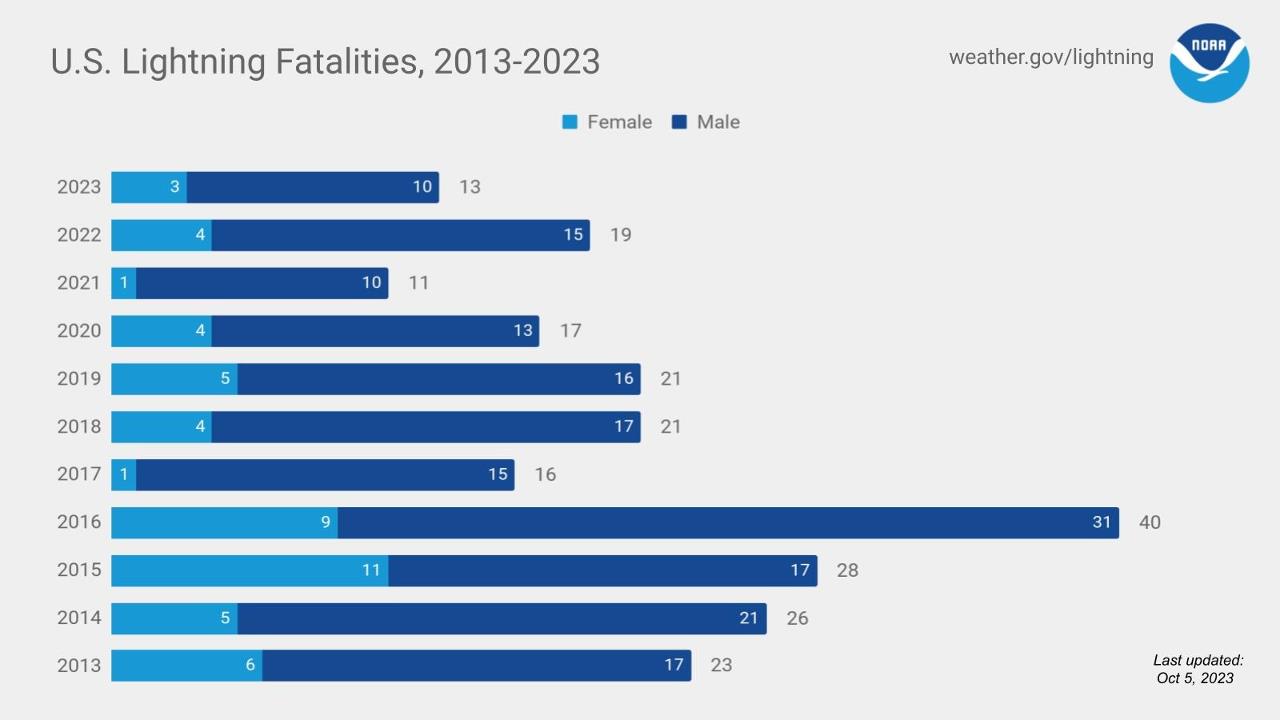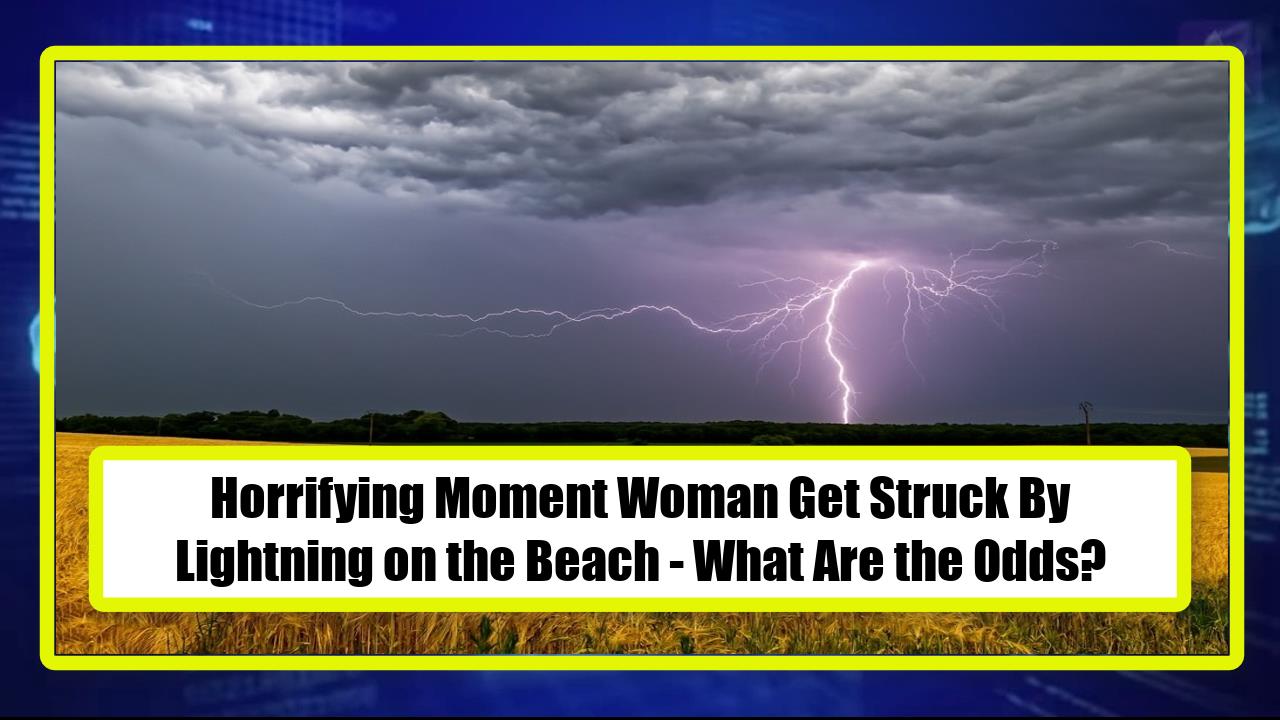Video:
Take our online poll:
AI Analysis:
Here are some tips to reduce the risk of getting struck by lightning:
Seek Shelter: If you're outdoors and there's a thunderstorm, the safest place is inside a sturdy building or a hard-topped vehicle. Avoid open areas, tall isolated trees, hilltops, and bodies of water.
Monitor Weather Forecasts: Keep an eye on weather forecasts before heading outside, especially if you're planning outdoor activities. If thunderstorms are predicted, consider postponing your plans.
Timing Matters: Be aware of the time of day. Thunderstorms are more likely in the afternoon and evening in many regions. Plan your outdoor activities accordingly.
Lightning Safety Indoors: If indoors during a thunderstorm, stay away from windows, doors, plumbing, and electrical appliances. Don't use corded phones or electrical devices connected to outlets.
Stay Informed: Listen to weather alerts or use weather apps to stay informed about approaching thunderstorms. Being aware of changing weather conditions can help you take appropriate precautions.
Have a Plan: If you're in an open area and can't find shelter during a thunderstorm, crouch down with as little of your body touching the ground as possible. Avoid being the tallest object in the area.
Use Lightning Protection: Lightning rods and surge protectors can help protect buildings and electrical systems from lightning strikes. Professional installation of lightning protection systems can significantly reduce the risk.
Stay Inside After Thunderstorms: Even after a thunderstorm has passed, wait at least 30 minutes after the last clap of thunder before resuming outdoor activities. Lightning can strike from a distance even when the storm seems far away.
Remember, lightning can be unpredictable and dangerous, so taking precautions is crucial for personal safety.
Chart:

References:


Comments